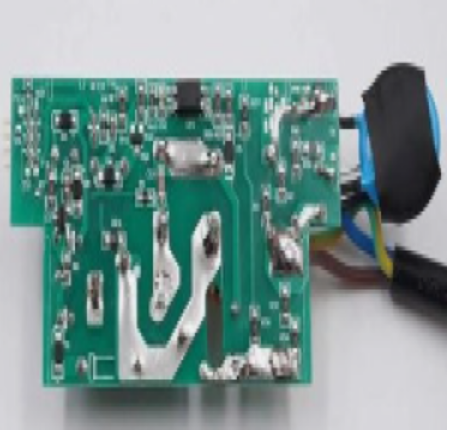Date:2025-07-03 Categories:Product knowledge Hits:243 From:Guangdong Youfeng Microelectronics Co., Ltd
3. High reliability: Compared to directly using control signals to operate relays, using transistors to drive relays can provide more stable and reliable control signals, reducing misoperation and interference.
4. Cost saving: Due to the high current and voltage required for the operation of relays, using low-power devices such as microcontrollers to drive relays directly may require additional external components, while transistors driven relay circuits can reduce the demand for external components and lower costs.
However, when designing a transistor driven relay circuit, the following aspects also need to be noted:
1. Input signal level adaptation: Based on the driving requirements of the relay and the characteristics of the transistors, it is necessary to ensure that the input signal level can correctly locate the cutoff and saturation states of the transistor to achieve accurate relay control.
2. Output load matching: The load characteristics of the relay need to match the output capability of the transistor to fully utilize the driving capability provided by the transistor, while avoiding overload or overheating issues.
3. Power stability: A stable power supply can provide a reliable working environment for transistors driven relay circuits, avoiding instability problems caused by power fluctuations.
In summary, the transistors driven relay circuit is a feasible and commonly used circuit scheme, which can achieve reliable driving of the relay by accurately controlling the input signal of the transistors. In practical applications, it is necessary to cleverly design and select parameters according to specific situations to ensure circuit performance and stability.

Previous: Classification, Structure, and Principle of MOSFET